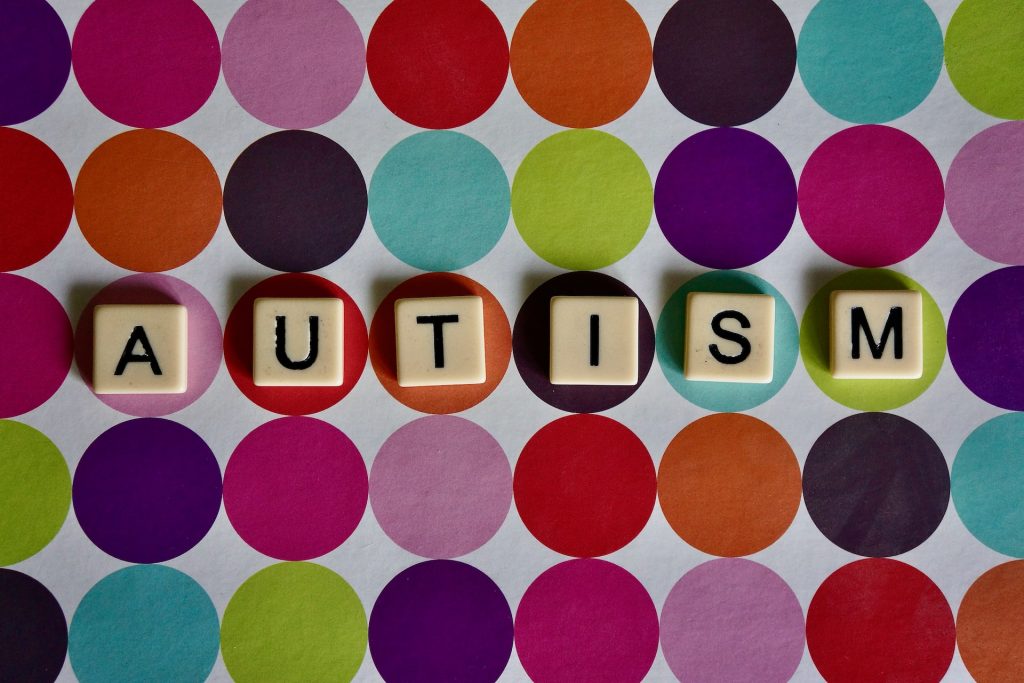Genetic Schizophrenic Susceptibility Could Show up in the Retina

Could the eyes, which are directly connected to the brain, hold clues to brain changes? An international team of researchers led by the University of Zurich and the University Hospital of Psychiatry Zurich has now tackled this very question. In their study, published in Nature Mental Health, the researchers examined whether changes in our nerve connections are linked to a genetic risk for schizophrenia, as impaired neural information processing is one of the main characteristics of the disorder.
Previous studies suggest that schizophrenia not only reduces volume of grey matter in the brains of those affected, but that it also leads to loss of retinal tissue. But whether these changes are the cause of schizophrenia or a consequence of the disorder has remained unanswered. Retinal health could also be affected by schizophrenia itself, for example, through antipsychotic medication, lifestyle factors or diabetes.
Extensive use of data from healthy individuals
“To investigate whether the risk of developing schizophrenia has an effect on the central nervous system, we examined tens of thousands of healthy individuals,” says Finn Rabe, first author of the study and postdoc at the University of Zurich. “We then calculated polygenic risk scores for each individual.”
The researchers were able to use extensive genetic and retinal data taken from the UK Biobank, a large biomedical database containing data from over half a million people. “You could say that the scale of the UK Biobank’s data has revolutionised biomedical research,” the researcher adds.
Thin retina, elevated risk
The study shows that higher genetic susceptibility to schizophrenia is indeed associated with thinner retinas. The effects are small, though, and can only be reliably demonstrated in large-scale studies. One of the study’s findings is that, unlike changes in the brain, changes in the retina are easy to detect using non-invasive and inexpensive retinal measurements. Thanks to optical coherence tomography, which can be described as a kind of ultrasound for the eye, retinal thickness can be measured in minutes.
This offers a promising outlook for prevention. “Our study shows the potential of using optical coherence tomography in clinical practice. But large-scale longitudinal studies are needed to examine how useful it will be for prevention,” says Finn Rabe.
Perspectives for new therapies
Another key finding of the study concerns genetic variants associated with inflammatory processes in the brain. These may also contribute to structural changes in the retina. The study thus offers further support for the inflammation hypothesis of schizophrenia, ie, the idea that inflammatory processes contribute to the development or progression of the disorder. “If this hypothesis is confirmed, inflammation could be interrupted by medication, potentially enabling us to improve treatment possibilities in the future,” says Rabe.
Source: University of Zurich










